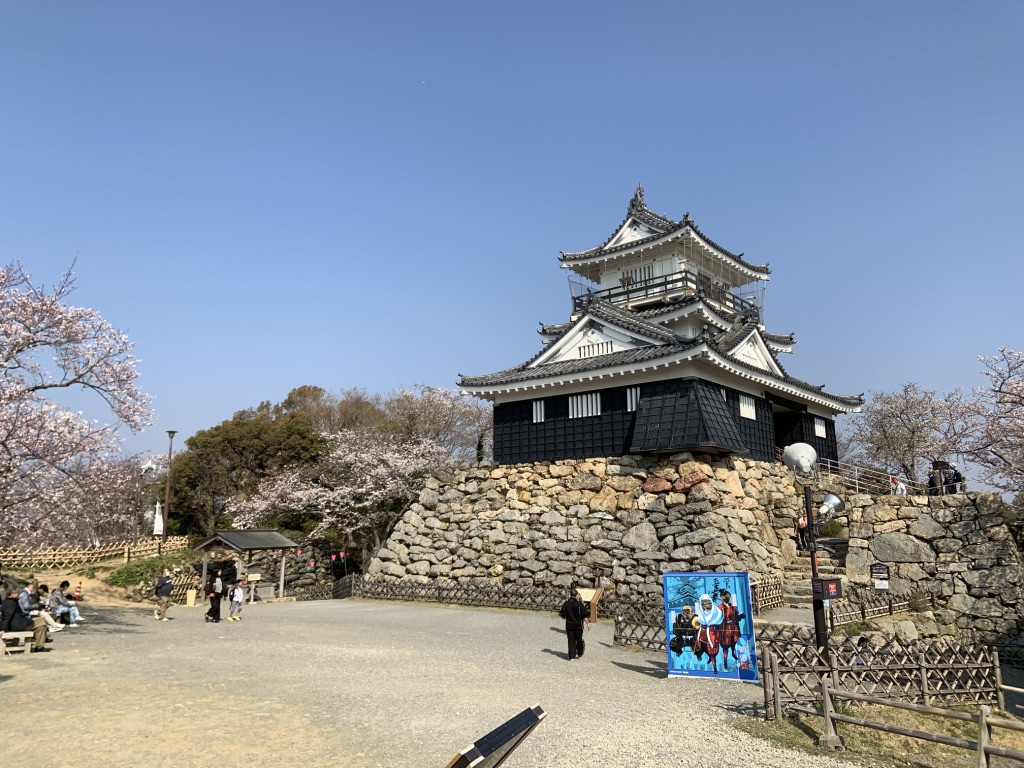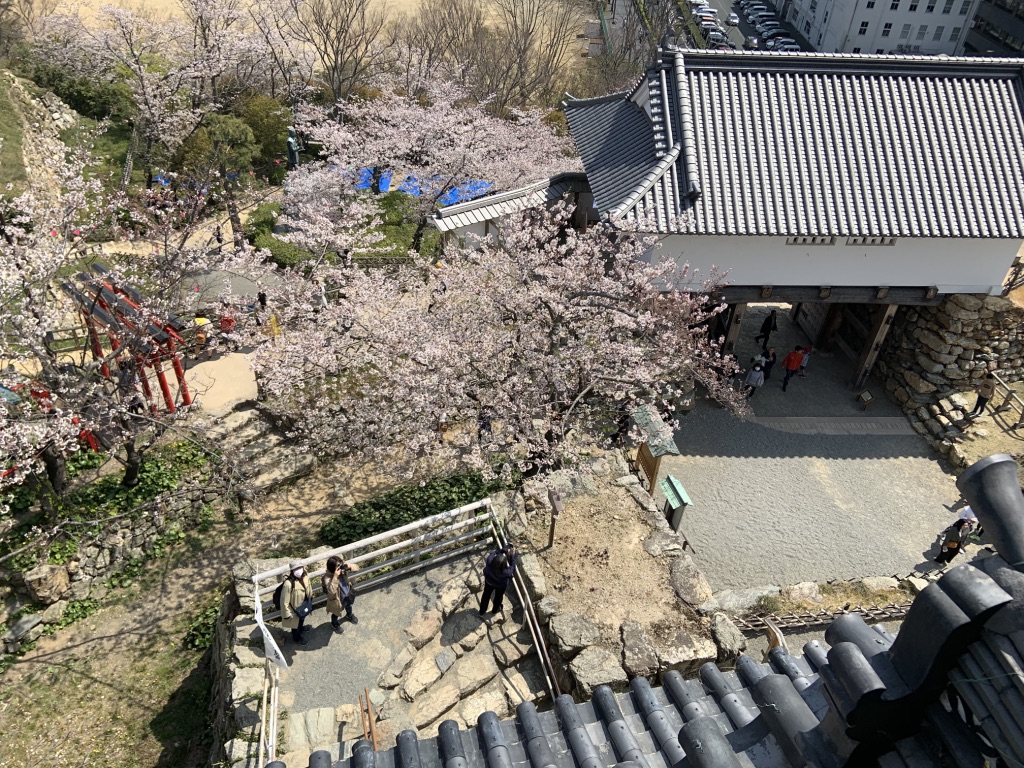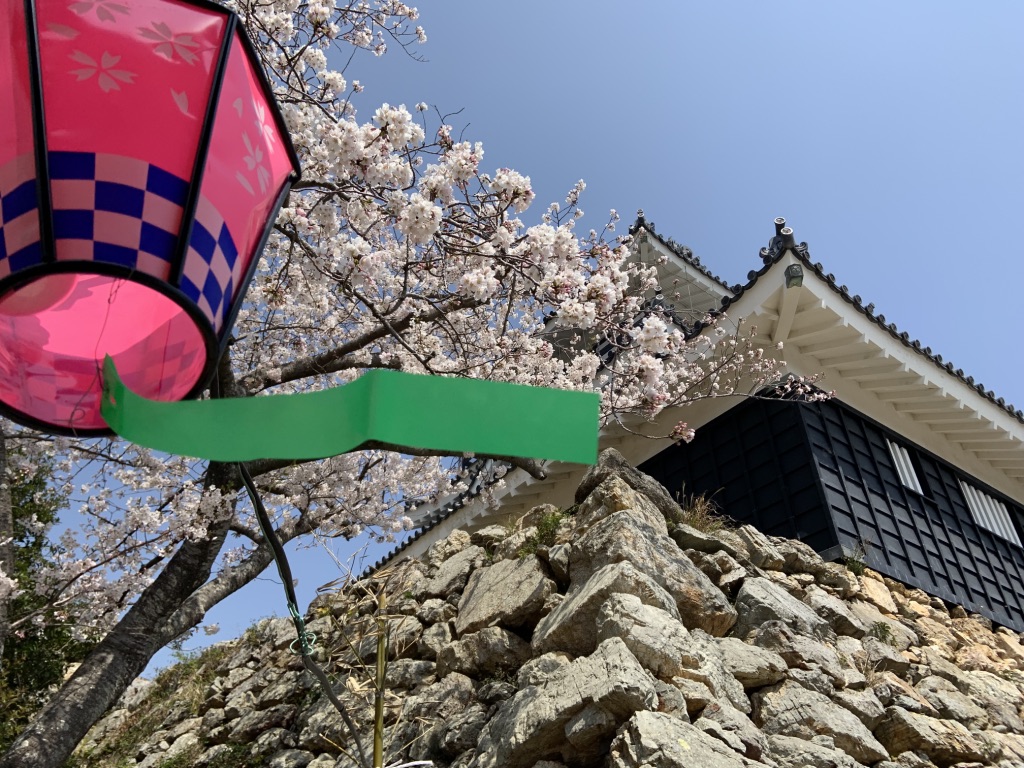- Unveiling the Rich History of Hamamatsu Castle: A Journey through Japan’s Cultural Heritage
- Historical background of Hamamatsu Castle
- Architecture and design of Hamamatsu Castle
- Significant events and figures associated with Hamamatsu Castle
- Restoration and preservation efforts of Hamamatsu Castle
- Exploring the grounds of Hamamatsu Castle
- Cultural significance of Hamamatsu Castle
- Nearby attractions and activities in Hamamatsu
- Hamamatsu Castle in popular culture
- Conclusion and the importance of preserving cultural heritage
Unveiling the Rich History of Hamamatsu Castle: A Journey through Japan’s Cultural Heritage
Immerse yourself in the captivating world of Japanese history as we embark on a journey through the rich heritage of Hamamatsu Castle. Nestled in the heart of Shizuoka Prefecture, this magnificent fortress has stood the test of time and serves as a testament to Japan’s profound cultural legacy. From its humble beginnings as a strategic stronghold in the 16th century to its transformation into a symbol of power and prestige, Hamamatsu Castle has witnessed countless pivotal moments in Japanese history. As we delve into its storied past, we will uncover the tales of brave samurais, influential warlords, and the intricate political landscape that shaped the nation. Join us as we explore the meticulously preserved grounds, awe-inspiring architecture, and hidden treasures that bring this historical gem to life. Whether you are a history enthusiast or simply eager to unravel the mysteries of the past, Hamamatsu Castle promises an unforgettable journey into the heart of Japan’s cultural heritage.
Historical background of Hamamatsu Castle
Hamamatsu Castle, originally known as Hikuma Castle, was constructed in 1577 by Tokugawa Ieyasu, a prominent daimyo who would later become the founder and first shogun of the Tokugawa shogunate. The castle was strategically located along the Tokaido road, a vital trade route connecting Kyoto, the imperial capital, to Edo (now Tokyo), the political center of Japan. This prime location allowed Tokugawa Ieyasu to exert control over the region and solidify his power.
Throughout its history, Hamamatsu Castle played a significant role in shaping Japan’s political landscape. It served as a base for the Tokugawa clan during the tumultuous Sengoku period, a time of intense warfare and power struggles among various feudal lords. The castle was a symbol of the clan’s authority and played a crucial role in the unification of Japan under the Tokugawa shogunate.
Over the centuries, Hamamatsu Castle underwent several reconstructions and expansions. The current structure, rebuilt in 1958, faithfully replicates the original design and showcases the architectural brilliance of the Edo period. Its towering stone walls, imposing gatehouses, and elegant wooden interiors transport visitors back in time, providing a glimpse into the splendor of feudal Japan.
Architecture and design of Hamamatsu Castle
The architecture of Hamamatsu Castle is a testament to the craftsmanship and ingenuity of the Edo period. The castle’s main keep, or tenshu, stands five stories tall and features a distinctive black and white color scheme. This striking contrast is achieved by using black tiles on the lower levels and white plaster walls on the upper levels. The unique design not only adds to the castle’s visual appeal but also serves a functional purpose, allowing the keep to blend harmoniously with its surroundings.
Inside the main keep, visitors can explore the various floors, each of which served a specific purpose. The first floor housed the castle’s administrative offices, while the upper floors were used for living quarters and as lookout points. The topmost floor, known as the observation deck, offers breathtaking panoramic views of the surrounding landscape, including Lake Hamana and the city of Hamamatsu.
The castle’s defensive features are equally impressive. Its massive stone walls, constructed using a technique called “kirikomi,” are designed to withstand attacks from enemy forces. The walls are built at an angle, making it difficult for invaders to scale them, while the irregular placement of stones adds strength and stability to the structure. These defensive measures highlight the castle’s importance as a strategic stronghold during times of war.

Significant events and figures associated with Hamamatsu Castle
Hamamatsu Castle witnessed numerous significant events and was the stage for many historical figures who shaped Japan’s destiny. One such figure is Tokugawa Ieyasu, the castle’s founder and one of Japan’s most influential warlords. Ieyasu played a pivotal role in the Battle of Sekigahara in 1600, which marked the beginning of the Tokugawa shogunate’s rule. His victory in this battle secured his position as the most powerful daimyo in Japan and set the stage for over 250 years of peace and stability under the Tokugawa regime.
Another notable event associated with Hamamatsu Castle is the visit of Emperor Meiji in 1885. This visit marked a significant turning point in Japan’s history as it symbolized the emperor’s efforts to bridge the gap between the imperial court and the ruling shogunate. The visit was seen as a gesture of reconciliation and unity, and it helped pave the way for the Meiji Restoration, a period of rapid modernization and westernization in Japan.
Restoration and preservation efforts of Hamamatsu Castle
Despite its historical significance, Hamamatsu Castle suffered significant damage during World War II and was largely destroyed by the bombings. However, thanks to meticulous restoration efforts, the castle was faithfully rebuilt to its former glory in 1958. The restoration project aimed to preserve the castle’s original design and materials, ensuring an authentic experience for visitors.
Today, Hamamatsu Castle stands as a testament to the resilience of Japan’s cultural heritage. Its restoration serves as a reminder of the importance of preserving historical landmarks and the stories they hold. The castle’s preservation efforts extend beyond its physical structure, as ongoing research and documentation ensure that its historical significance and cultural value are properly recognized and shared with future generations.
Exploring the grounds of Hamamatsu Castle
A visit to Hamamatsu Castle offers a unique opportunity to explore its meticulously preserved grounds and experience the ambiance of feudal Japan. As you enter through the massive gatehouse, known as the “Masugata Gate,” you are transported back in time. The castle’s expansive grounds are adorned with lush gardens, tranquil ponds, and meticulously pruned trees that create a serene atmosphere.
Strolling along the castle’s stone pathways, visitors can admire the intricate details of the castle’s architecture and marvel at the skill of the craftsmen who built it. The castle’s inner moat, once a defensive feature, now adds to the picturesque beauty of the surroundings. Cherry blossom trees line the moat, creating a breathtaking spectacle during the hanami season when the delicate pink flowers bloom.

Cultural significance of Hamamatsu Castle
Hamamatsu Castle is not only a historical landmark but also a cultural treasure that holds deep meaning for the people of Japan. It serves as a symbol of national pride and identity, reminding the Japanese people of their rich heritage and the values that have shaped their society. The castle’s significance extends beyond its architectural brilliance; it represents the resilience, ingenuity, and determination of the Japanese people.
Throughout the year, Hamamatsu Castle hosts various cultural events and festivals that celebrate Japan’s traditions and customs. These events provide visitors with a unique opportunity to immerse themselves in the vibrant cultural scene of Japan and witness traditional performances, such as the mesmerizing art of tea ceremony or the graceful movements of traditional Japanese dance.
Nearby attractions and activities in Hamamatsu
Hamamatsu offers a plethora of attractions and activities that complement a visit to Hamamatsu Castle. Just a short distance from the castle, visitors can explore Hamamatsu Castle Park, a vast green space that offers picturesque walking trails, picnic areas, and stunning views of the castle.
For those interested in Japanese history, the Hamamatsu Museum of History provides a comprehensive overview of the region’s past, showcasing artifacts and exhibits that shed light on Hamamatsu’s role in shaping Japan’s history.
Nature enthusiasts can venture to Lake Hamana, a nearby freshwater lake known for its scenic beauty and abundance of wildlife. The lake offers various water activities, including boating, fishing, and birdwatching, providing a tranquil escape from the bustling city.
Hamamatsu Castle in popular culture
Hamamatsu Castle’s historical significance and enchanting beauty have not gone unnoticed in popular culture. The castle has been featured in numerous films, television shows, and literature that highlight its importance and allure. Through these mediums, Hamamatsu Castle continues to captivate audiences worldwide, further cementing its status as a cultural icon.
Conclusion and the importance of preserving cultural heritage
As we conclude our journey through the rich history of Hamamatsu Castle, we are reminded of the immense value of preserving cultural heritage. Landmarks like Hamamatsu Castle serve as a bridge that connects us to the past, allowing us to appreciate the achievements, struggles, and triumphs of those who came before us.
Preserving cultural heritage not only enriches our understanding of the world but also fosters a sense of identity and pride in our shared history. It is our responsibility to protect and nurture these historical treasures, ensuring that future generations can continue to learn from and be inspired by them.
So, whether you are a history enthusiast, a lover of Japanese culture, or simply eager to unravel the mysteries of the past, a visit to Hamamatsu Castle promises an unforgettable journey into the heart of Japan’s rich cultural heritage. Immerse yourself in the captivating stories, marvel at the architectural brilliance, and let the spirit of the past guide you through this historical gem.









コメント